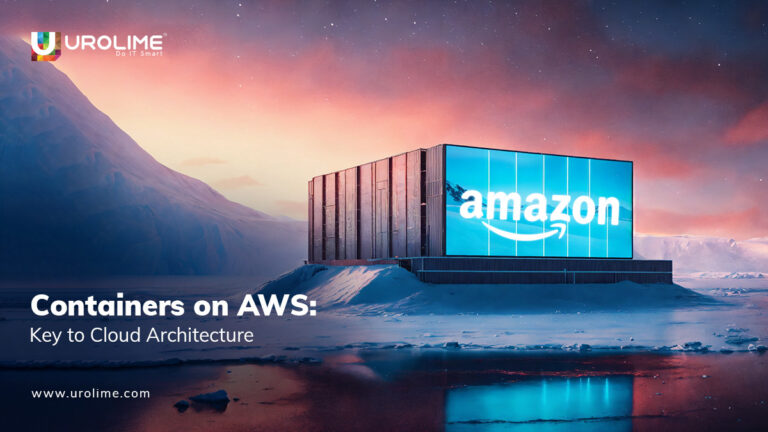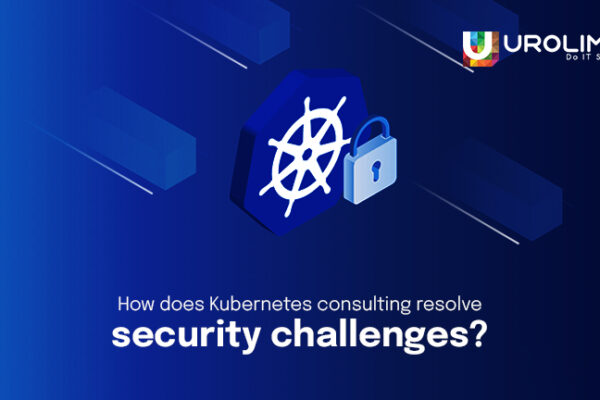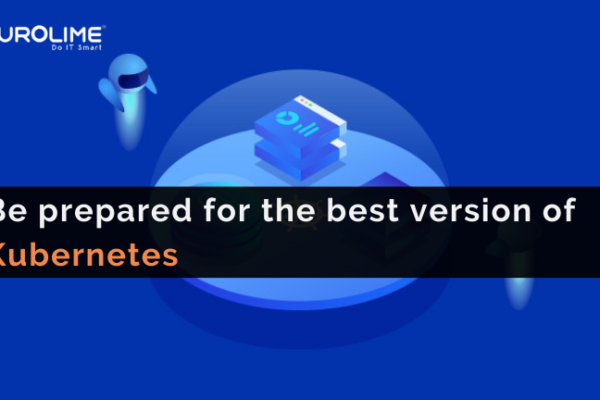Modern cloud architecture is the backbone of agile, scalable, and cost-efficient IT systems. The revolutionizing technologies facilitating this include the containers that emerged as the foundation. Containers provide the light, consistent, and portable application environments that help deploy applications in varying environments, and with an end-to-end set of container services from AWS, it equips organizations to reach their maximum container potential.
This blog post will explore why containers are integral to cloud architecture and how AWS simplifies them for technical teams.
Why Containers Matter to Cloud Architecture?
Containers are an encapsulation of both applications and their dependencies with a consistent runtime environment among development, testing, and production. This consistency would reduce friction in deployment pipelines and speed up the development cycles.
Key benefits
- Portability: Applications can seamlessly be moved across environments
- Scalability: Microservices will be deployed independently to ensure optimized resource consumption
- Efficiency: This can run multiple containers on a host with much less overhead than virtual machines.
Containerized architectures like microservices, event-driven systems, and serverless models are practicable and robust. AWS also integrates containerization for companies to realize the benefits behind minimal complexity.
AWS Services : Supporting Containers
- Amazon Elastic Container Service (ECS):
AWS ECS is a fully managed service which run and scale containerized applications. It is very deeply integrated into the AWS ecosystem, supports IAM for access control, and has support for dynamic traffic management using Elastic Load Balancing. It can run on both EC2 instances and AWS Fargate. Thus, it allows for flexible costs and control.
- Amazon Elastic Kubernetes Service (EKS):
AWS EKS provides Kubernetes as a managed service. EKS is perfect for enterprises using Kubernetes because of its strong ecosystem and flexibility. AWS makes sure that the Kubernetes clusters are highly available and integrates with other AWS services such as VPC, IAM, and Auto Scaling Groups.
- AWS Fargate
It is a server-less computing engine for containers. Since it throws away the management of servers or clusters, it automatically scales compute capacity. Therefore it is apt for highly dynamic workloads.
- AWS App Runner
AWS App Runner enables developers to deploy containerised web applications and APIs without any infrastructure management. This is especially helpful for small teams and rapid prototyping.
Use Cases: Container on AWS
- Application Modernization: Modernize monolithic applications by breaking them down into containerized microservices using ECS or EKS.
- Multi-Cloud Deployments: Use EKS for consistent Kubernetes management across on-premises, AWS, and other clouds.
- DevOps Workflows: Speeds up CI/CD pipelines with containers using AWS CodePipeline and AWS CodeBuild.
- AI/ML Workloads: Deploy and manage ML models using containers, taking advantage of EKS and SageMaker for scalability and flexibility.
Advantages: Containers on AWS
- Auto-Scaling: AWS Supports container-aware auto-scaling that responds to workload demand.
- Security: Use IAM, PrivateLink, and security groups to isolate and secure workloads for containers.
- Cost Optimization: With pay-as-you-go pricing model and efficient resource allocation, containers minimize costs.
Monitoring-Use CloudWatch, X-Ray, and AWS CloudTrail for complete observability and logging.
Challenges and Mitigation: Strategies
When there is an Initial complexity in setting up container environments, AWS Quick Start templates can be used for automated and best-practice-based deployments.
When there is a security concerns in shared environments, applying AWS security tools such as GuardDuty or AWS Inspector for runtime security monitoring can help .
When managing hybrid workloads, use of AWS Outposts for running containerized workloads on-premises with AWS consistency.
Real-World Stories
Netflix achieved rapid microservices deployment and scaling using AWS EKS and homegrown container orchestration whereas Expedia transitioned to a microservices architecture with ECS, which had impacted in increasing application reliability and development speed.
Conclusion
Containers are the future of cloud architecture, enabling organizations to build, deploy, and scale applications with unparalleled agility. With reduced barriers to adopting container technology and AWS’s robust, secure, and scalable solutions, container services are transforming IT modernization. Urolime’s AWS consulting services help businesses leverage these advancements to streamline operations and drive innovation
![]()






